

In some ways, Prince was the most successful pop recording artist who wrote frankly and pointedly about sexuality in nearly every one of his songs.


Immigration has never been more in the national spotlight, with Republican presidential candidates histrionically claiming most of those who cross the Mexican border are rapists and murderers, while calling for everything from mass deportations to the building of a massive wall with Mexico. Politicians and citizens are also debating how best to deal with Syrian refugees fleeing their war-torn country.
But there’s a border story the majority of Americans are not hearing about.
Over the last two years, more than 100,000 unaccompanied minors — from those under 18 years old to as young as 6 — have crossed the border trying to escape the violence that plagues their home countries of El Salvador, Honduras and Guatemala. You won’t find this mass exodus mentioned in stump speeches or discussed by pundits on the 24/7 news channels.
Herself the daughter of Cuban refugees, CalArts teacher/playwright Marissa Chibas is trying to do something about that.
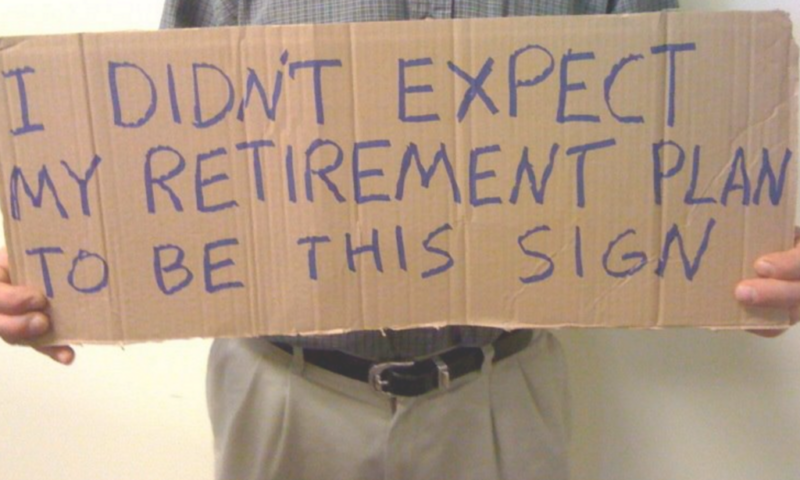
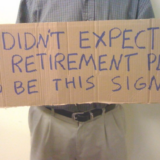
Within the next 20 years, the number of Californians beyond retirement age will increase by two-thirds, to 12 million. Many of them — half, by some estimates — will have saved less than they need to subsist on after they stop working, leaving them no choice but to either work until the end of their lives if they can, or live out the rest of their years in or near poverty.
Some of those seniors of tomorrow, no doubt, were during their working lives too short-sighted to invest in their employers’ 401(k) plans, or to open Individual Retirement Accounts (IRAs) on their own. Or they might have been struggling to support families, pay back student loans or were so chronically underemployed that saving money for retirement was out of the question.
See Also — Retirement: A California Mirage?
In 2012, state legislators recognized this looming problem of the future elderly poor and wrote the California Secure Choice Retirement Savings Trust Act,
» Read more about: Retirement Board Facing Critical Pension Decision »


More than seven million people—over one-fifth of California’s population—work without a path to retirement. They have neither a 401(k) — the so-called “roller-coaster plan” tied to the stock market — nor a traditional pension that was once considered a worker’s right and which is now a rare species outside of government employment or the public education system.
There is nothing that legally compels a typical American employer to offer any kind of retirement plan to employees. But the average Social Security recipient earns about $15,600 per year in retirement benefits — a near-poverty income in the 21st century.
See Also: Retirement Board Facing Critical Pension Decision
That could change for Californians when state Senate President Pro Tem Kevin de Leon’s “California Secure Choice’’ retirement savings plan takes effect. Meanwhile, as one union official put it, “Many employers’ retirement plan for their workers is that they work until they die.” Or,
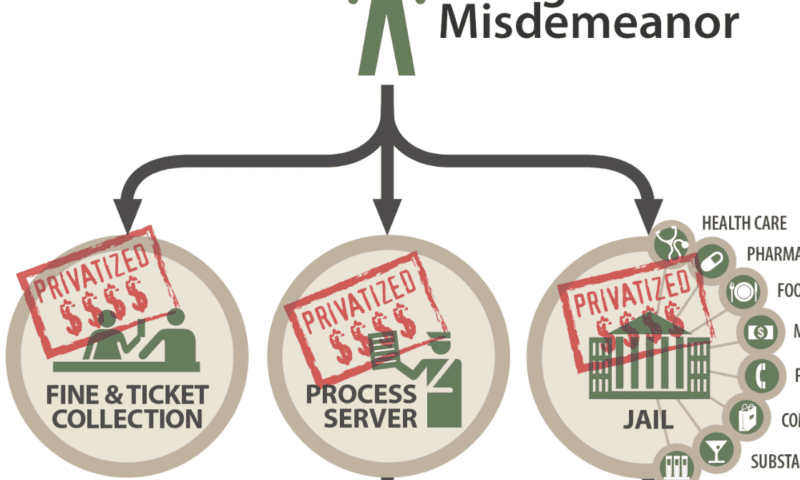
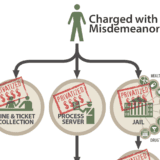
Last Monday the U.S. Department of Justice announced a powerful new effort to stop local practices that unfairly target poor people by trapping them in “cycles of poverty that can be nearly impossible to escape.” Courts across the country are requiring people arrested with minor misdemeanor charges—like driving with a suspended license—to pay fines before getting their day in court. If they can’t afford the fine, they are forced to wait behind bars until they can.
In a statement and letter, the DOJ shed light on what the agency calls a “bureaucratic cover charge for the right to seek justice,” but also on another alarming practice: the use of for-profit companies to collect fines and manage probation.
On top of fines collected on behalf of courts, many private probation companies charge their own fees for things like drug testing and supervision. If people can’t pay these fees—which can be as high as the fines themselves—they can be sent back to jail.
» Read more about: Criminal Justice: The High Price of Breathing While Poor »
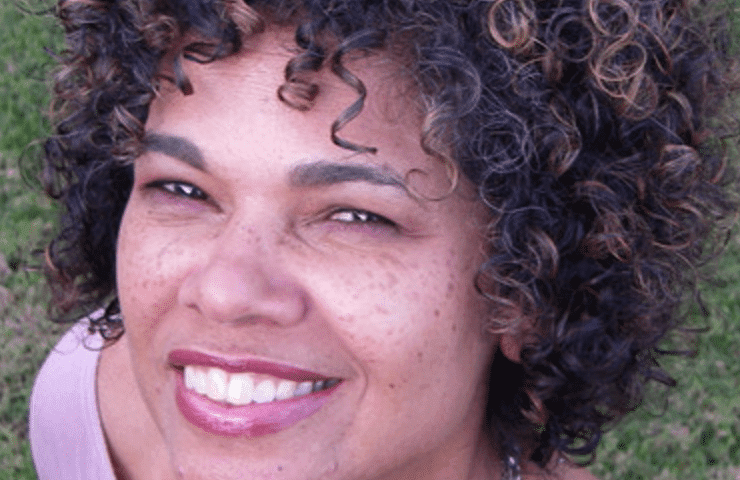

In books, blogs and newspaper pages, Los Angeles journalist and social critic Erin Aubry Kaplan has offered astute and unforgiving opinions about America’s race and class divides. (In 2005 she became the Los Angeles Times‘ first weekly black op-ed columnist.) In Black Talk, Blue Thoughts, and Walking the Color Line, the KCET website contributor gave this cool appraisal of the Rodney King beating trial’s fateful aftermath: “The riots had broken black issues out of a glass case where they had been visible, but coiled and silent.”
Her latest book, I Heart Obama, examines what America’s first black president has meant to African Americans, and to her personally. As Obama’s final term in office winds down, she looks back on the promise and shortfalls of his watershed administration:
“Jackie Robinson had it bad for sure.
» Read more about: Erin Aubry Kaplan Brings “Obama” to Book Soup »
Twenty years ago a small group of Los Angeles faith leaders – both clergy and lay people – sat around a table in a church library and came up with a name for a new advocacy organization. We were convened by Maria Elena Durazo, then head of the local hotel workers union, and Madeline Janis, founding director of the Los Angeles Alliance for a New Economy. The group would bring the voice of the religious community into the debate at City Hall to establish a living wage.
That idea was simple enough. If the city contracted out work to private companies, the employer had to pay more than minimum wage, something closer to what the minimum wage would have been if it had kept pace with inflation.
CLUE, unions and Latino activists recently pushed Anaheim to adopt district elections.
The group decided to call itself CLUE – Clergy and Laity United for Economic Justice.
» Read more about: CLUE: 20 Years of Fighting for Economic Justice »
Across the country, chronic underinvestment has left roads, bridges, water systems and other critical infrastructure in need of replacement or costly repair. Public financing is the least expensive way to meet these needs. But to fund the gap, some states and cities are turning to contracting arrangements called “public-private partnerships,” or “P3s” for short, which use private capital to finance public projects.
If done right, infrastructure projects—however they’re financed—can tackle inequality by boosting economic growth and providing quality jobs for disadvantaged communities. But since capital in P3s is more expensive than in public financing, and the public loses control over many aspects of P3-financed infrastructure, we should demand even more public benefit in return.
Thursday, along with the Partnership for Working Families (PWF), we released a report to help make sure P3s provide much-needed pathways to the middle class. The report, Building America While Building Our Middle Class,
» Read more about: Fixing Our Infrastructure — and Rebuilding the Middle Class »
(The following talk was given last night by Robert Gottlieb at Pasadena’s ArtCenter College of Design.)[divider]
This is an interesting venue for my talk. If, historically, the school has been engaged in making the automobile a more attractive object for consumers and industry alike, then my talk seeks to do the opposite. Can we envision eliminating or at least reducing the automobile’s role in Los Angeles? And, if so, what would that mean for the ArtCenter College of Design and its long history with the automobile?
Let me start with a recent New York Times Sunday Business article on the design firm Ideo with its slogans of “slow becomes fast” “auotomobility” and “autonomous driving.” The headline for the piece was “Helping Ford Go Beyond the Car,” although it could have also been headlined “How to save the car while also capturing its alternatives.” Is this the route for the ArtCenter College of Design?
» Read more about: Imagining a Los Angeles With Fewer Cars »
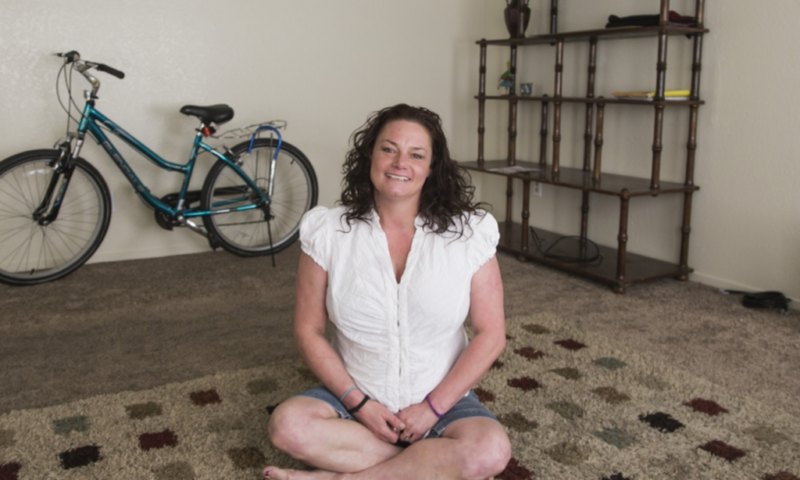
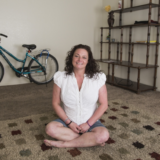
The way Esther Delahey sees it, her neighborhood in south Fresno, the Lowell district, has gotten a bad rap. Named in 1884 for the New England poet James Russell Lowell, the district is part of a larger area, hemmed in by three highways.


California leads the nation in having the most severely rent-burdened households, as well as having the largest shortage of affordable rental homes. (The U.S. Department Housing and Urban Development and other agencies consider families that spend more than 30 percent of their income on rent as rent-burdened.)
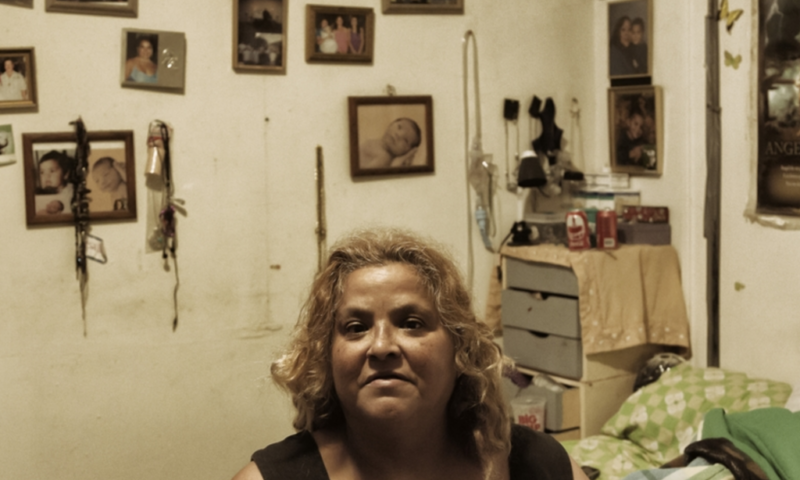
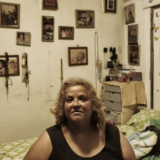
Isabelle Lopez, her husband and their dog live in a tiny room, perhaps 130 square feet, in the impoverished Lacy neighborhood in the Orange County city of Santa Ana.

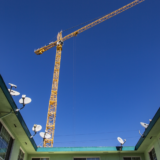
Housing developers – whether they specialize in market-rate properties or affordable housing – face tremendous hurdles in getting projects off the ground in California.
“There’s probably a hundred challenges,” says Cynthia Parker, the president and chief executive officer of BRIDGE Housing, a nonprofit housing developer based in San Francisco.
See More Stories in Capital & Main’s Affordable Housing Series
Material prices keep going up, with the costs of steel and glass not expected to come down any time soon. Labor expenses also keep rising. Even with the lowest interest rates in our lifetime, it still can be very difficult to make economic sense for starting a new construction project without some sort of guarantee that it will not be a bust. Developers say that perhaps the toughest impediment to new housing construction is local opposition, especially if the proposed construction site is in a safe neighborhood with good schools.
» Read more about: The Developer’s Story: Why Affordable Housing Doesn’t Get Built »


No one’s ever claimed that Hollywood movies reflect the breadth of society, but this year’s Oscar nominees look more like attendees of a Trump rally in South Carolina than the face of the modern American populace.
Without a single person of color nominated in any of the acting categories for the second year in a row, a firestorm of protest and counter-protest has swept across social media. Some have called for a boycott of the ceremony, while others claim that to demand recognition solely on the basis of color is reverse racism. Nevertheless, the fact remains that there were some fantastic performances by people of color that were inexplicably overlooked. The Academy Awards have never been a paradigm of diversity, it’s just that in 2016 people feel that the climate of the times should result in rainbows rather than snowstorms.
Also Read:
#belowthelinesowhite? Hollywood’s Rank &
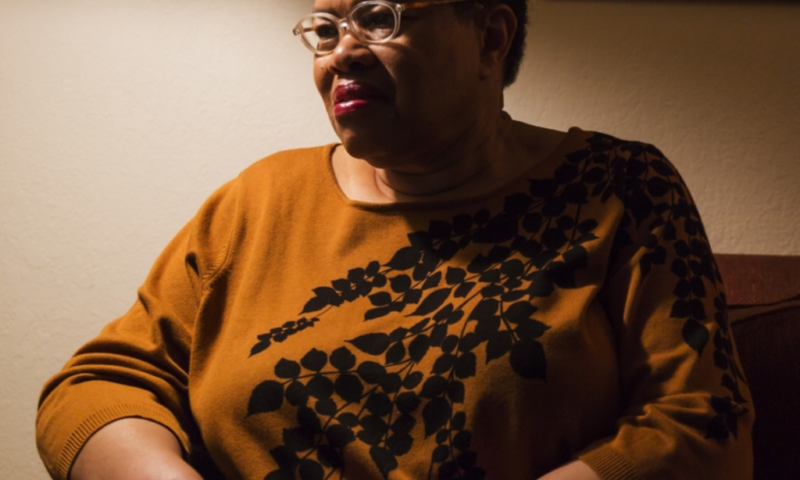
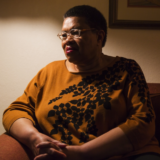
Grade-school art teacher Melissa Jones is attending the opening of an exhibit called Roofless: Art Against Displacement at the Arlene Francis Center in Santa Rosa. It is a cold, rainy night in early January. Jones is a single mother; she and her 12-year-old son live in a one-bedroom basement flat in the nearby rural community of Forestville, for which she pays $825 per month plus utilities. She is desperate to move into a bigger place, but for many the rents in Sonoma County have become unaffordable.
See More Stories in Capital & Main’s Affordable Housing Series
Among other problems, too few apartment buildings have been built in recent years. Developers say they have been hampered by huge impact fees that can run as high as $100,000 a unit, that cash-strapped localities in California, operating in a tax-raising environment straitjacketed by Proposition 13, have imposed on builders. The collapse of redevelopment funding has further reduced local governments’ ability to build enough subsidized housing.

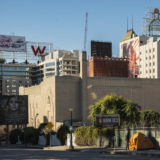
It’s no secret that California residents pay more for housing than residents in most other states, especially in the metropolitan coastal areas and Silicon Valley cities. Los Angeles, San Diego, San Francisco, San Jose, Palo Alto and other highly attractive, jobs- and amenities-rich cities are widely documented as being the least-affordable housing markets in California.
See More Stories in Capital & Main’s Affordable Housing Series
Obtaining decent affordable rental housing and earning enough income to sustain a family are increasingly more difficult goals to achieve. The American Dream of homeownership, and of building and maintaining stable communities, is fading in the face of this new socio-economic reality.
Red flags abound: The state’s poorest families pay up to two-thirds of their income on housing, firmly placing them in the severely “rent burdened” category of households. (Families that spend more than 30 percent of their income on rent are considered rent-burdened by the U.S.
» Read more about: Trouble on the Dream Coast: Housing Policy Challenges »
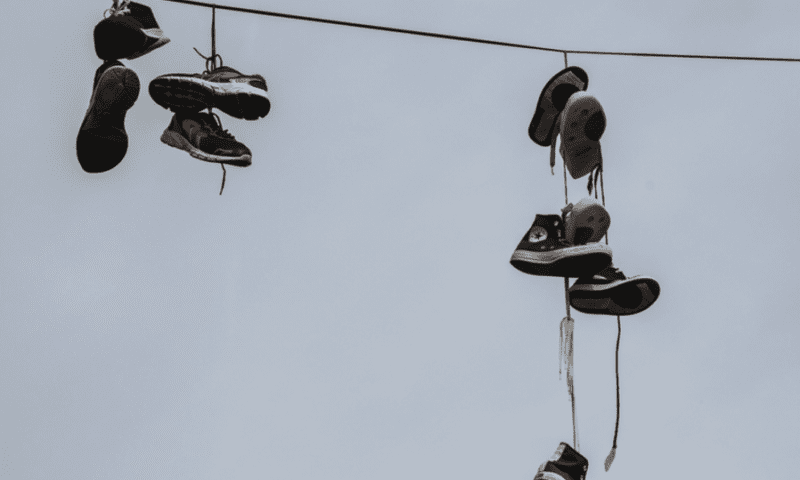

One block north of fabled Hollywood Boulevard, and a stone’s throw from the iconic Capitol Records Building, sit three rent-stabilized, two-story apartment buildings, known to residents as the Yucca-Argyle complex. One building is peach-colored, one green and the third yellow. Each is organized around a small courtyard and in back is a parking lot for tenants’ cars. Together they are home to roughly 50 families, the residents ranging in age from young children to old-timers who have lived in the complex for more than half a century.
See More Stories in Capital & Main’s Affordable Housing Series
By most measures the complex’s residents have it good. Living in one of L.A.’s more walkable and vibrant neighborhoods — where cafes, bookstores, night clubs, restaurants and clothing boutiques vie for consumers’ attention — they pay varying amounts above $1,000 for a one-bedroom apartment, beneficiaries of Los Angeles’s 1978 Rent Stabilization Ordinance (RSO).
» Read more about: Renting in Los Angeles — Dislocation, Dislocation, Dislocation »


Photojournalist Ted Soqui shot these images for today’s story by Sasha Abramsky, Renting in Los Angeles — Dislocation, Dislocation, Dislocation.
See More Stories in Capital & Main’s Affordable Housing Series
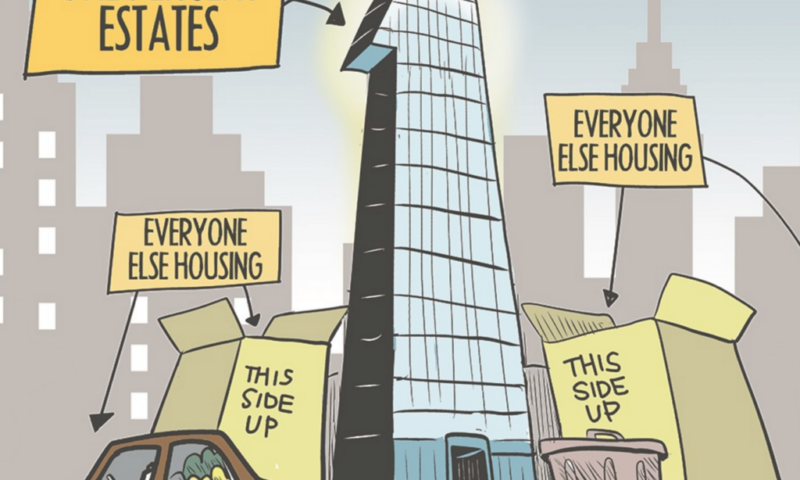
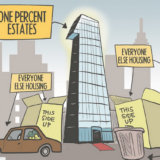
California’s housing crisis is a complex one, as befits a state with a population of close to 40 million people, spread out over 163,696 square miles, and with some of the country’s largest cities and fastest growing population hubs, as well as some of its most rugged rural areas.
See More Stories in Capital & Main’s Affordable Housing Series
Los Angeles’ Skid Row sprawls just a few blocks from the skyscrapers of downtown and showcases one of the developed world’s largest concentrations of long-term homeless people. They live in tents and jerry-rigged shanties along the sidewalks and in vacant lots, surround social service agency buildings and provide a vista of misery stunning in its intensity. Only a few miles away, middle- and working-class tenants are being driven from their rent-controlled homes into the exurbs or onto friends’ and relatives’ couches. The causes of this diaspora are developers seeking to capitalize on Hollywood’s soaring real estate values and the city’s “densification” development strategy that prioritizes large-scale,
» Read more about: Affordable Housing: Introduction to a Crisis »


For most people, the end of last year signaled a time for goodwill, reflection and family. But for many, the holiday season was marked by murder and mayhem, forensics and frustration. Released stealthily by Netflix, as if the doc series itself was a smoking gun planted for viewers to stumble across, Making a Murderer is a gift which when unwrapped is all at once fascinating, frightful and infuriating.
Making a Murderer follows in the vein of such true-crime masterworks as Joe Berlinger and Bruce Bruce Sinofsky’s groundbreaking 1996 doc, Paradise Lost, and 2004’s lesser known Death on the Staircase, as well as last year’s killer Serial podcast and the lauded HBO series The Jinx. Moira Demos and Laura Ricciardi’s 10-hour opus retraces the twists and turns of a horrific series of events, while at the same time illuminating many of the dark flaws lurking in our justice system.
» Read more about: I Wake Up Streaming: Netflix’s ‘Making a Murderer’ »